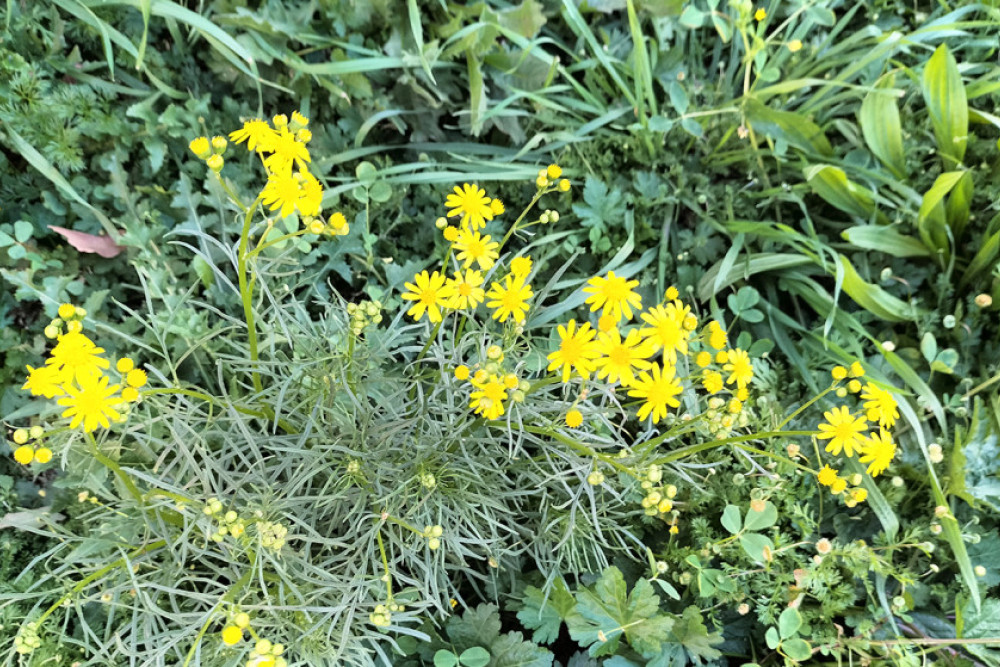Agricultural
13 September, 2022
Ideal environmental conditions for Fireweed
Recent ideal environmental conditions for the growth of the dreaded Fireweed has resulted in its sudden reemergence in paddocks and gardens in the region.

The Queensland Department of Agriculture and Fisheries advises that Fireweed (Senecio Madagascariensis) is a category 3 restrictive invasive plant under the Biosecurity Act 2014 and as such requires everyone to take all reasonable and practical steps to minimise the risks associated with invasive plants under their control.
Fireweed is an introduced weed that competes strongly with pasture species and is toxic to livestock.
Fireweed is responsible for illness, slow growth and poor conditioning of cattle and horses and can cause death.
Heavy infestations of fireweed often result from neglect of steadily increasing fireweed infestations from previous years and lack of good ground cover caused by overgrazing, drought, fire or slashing.
DESCRIPTION
Fireweed is an annual or short lived perennial and is a daisy like herb that can vary greatly in size and shape depending on environmental conditions.
In ideal conditions it can grow to 50cm tall with multiple branches and about 100 daisy-like bright yellow flowers.
Flowers and seeds are produced continuously over the growing season and an average plant can produce over 10,000 seeds during this time.
Fireweed has a shallow-branched taproot with many fibrous roots.
LIFE CYCLE
Seeds germinate in mild, warm conditions (15/27 degrees)in the presence of light and moisture with a dry summer followed by autumn or winter rains which leads to heavy fireweed infestations.
FIREWEED IMPACT ON CATTLE, HORSES AND OTHER LIVESTOCK
Unless fireweed poisoning is severe it can be difficult to detect in cattle and horses, because the symptoms can have a variety of causes but symptoms of more severe poisoning such as loss of appetite, aimless wandering, sensitivity to sunlight and jaundice can result in death.
Fireweed is toxic whether green or dry so contaminated hay or silage may be toxic.
Fireweed is generally unpalatable to cattle and horses so poisoning occurs when fireweed is dense so stock cannot feed selectively or when there is a shortage of pasture.
Sheep and goats are less susceptible to fireweed and can graze in fireweed infested paddocks for at least one season, however, goats used for milk production should not graze in fireweed infested paddocks as milk will be tainted with fireweed toxins.
ERADICATION
Best control of fireweed uses integrated management strategies, including herbicides, used before plants reach maturity or after flowering if a stronger rate of herbicide is used and mechanical methods of removal and bagging, and permanent pastures that can compete with fireweed seedlings.


